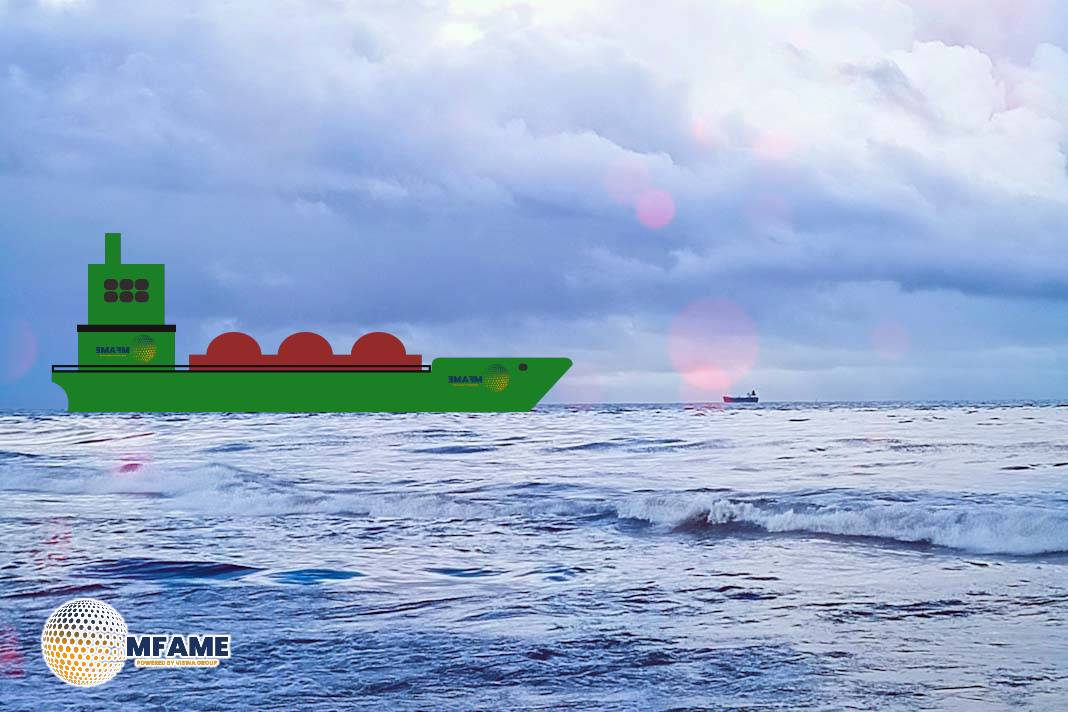- Freight rates on the Asia–Europe route have stalled despite steep general rate increases, due to weak demand and excess capacity.
- Port congestion at major Asian and European terminals continues to delay shipments and inflate logistics costs.
- Geopolitical tensions and route changes are tightening vessel capacity, but have not fully counterbalanced demand softness.
The recent surge in Asia–Europe freight rates has hit a plateau as the shipping market grapples with ongoing port congestion and inconsistent demand signals, reports Global Trade Mag.
After a period of sharp increases driven by general rate hikes from carriers, the momentum has slowed due to a complex mix of operational bottlenecks and market uncertainty.
Asia–Europe Freight Surge Hits Pause
Although shipping lines imposed steep rate increases—some over $3,000 per forty-foot equivalent unit (FEU)—the impact has proven temporary. An oversupply of capacity remains a significant issue, with available vessel space exceeding current cargo demand. This imbalance has dampened the effectiveness of rate hikes and left the market vulnerable to volatility. While carriers have attempted to manage supply through blank sailings, rates have struggled to maintain upward traction as demand has not returned with the expected strength.
Adding to the pressure is widespread congestion at key global ports. Major hubs in Asia and Europe are experiencing delays, with turnaround times stretched due to vessel backlogs and limited terminal space. In some locations, queues have eased slightly, but overall congestion remains a serious operational challenge. These disruptions are driving up costs for shippers and further complicating carrier scheduling and reliability.
Trade route disruptions have also contributed to the current instability. Geopolitical issues, such as the ongoing Red Sea crisis, have forced vessel rerouting and adjustments in fleet deployment. Many carriers have shifted capacity to other trade lanes, tightening space on the Asia–Europe route and increasing rate volatility. However, these changes have not been enough to offset the drag caused by weak cargo volumes and uncertain consumer demand across Europe.
Looking ahead, the freight market is likely to remain turbulent. Carriers may continue pushing for higher rates through general rate increases and surcharges, but their success will depend heavily on sustained demand and operational improvements at congested ports. Seasonal factors, such as the upcoming peak shipping period, along with global geopolitical tensions, will also influence freight flows and pricing. Shippers will need to stay flexible and proactive, using diversified routing strategies and early bookings to navigate the shifting landscape.
Did you subscribe to our daily Newsletter?
It’s Free Click here to Subscribe!
Source: Global Trade Mag
















